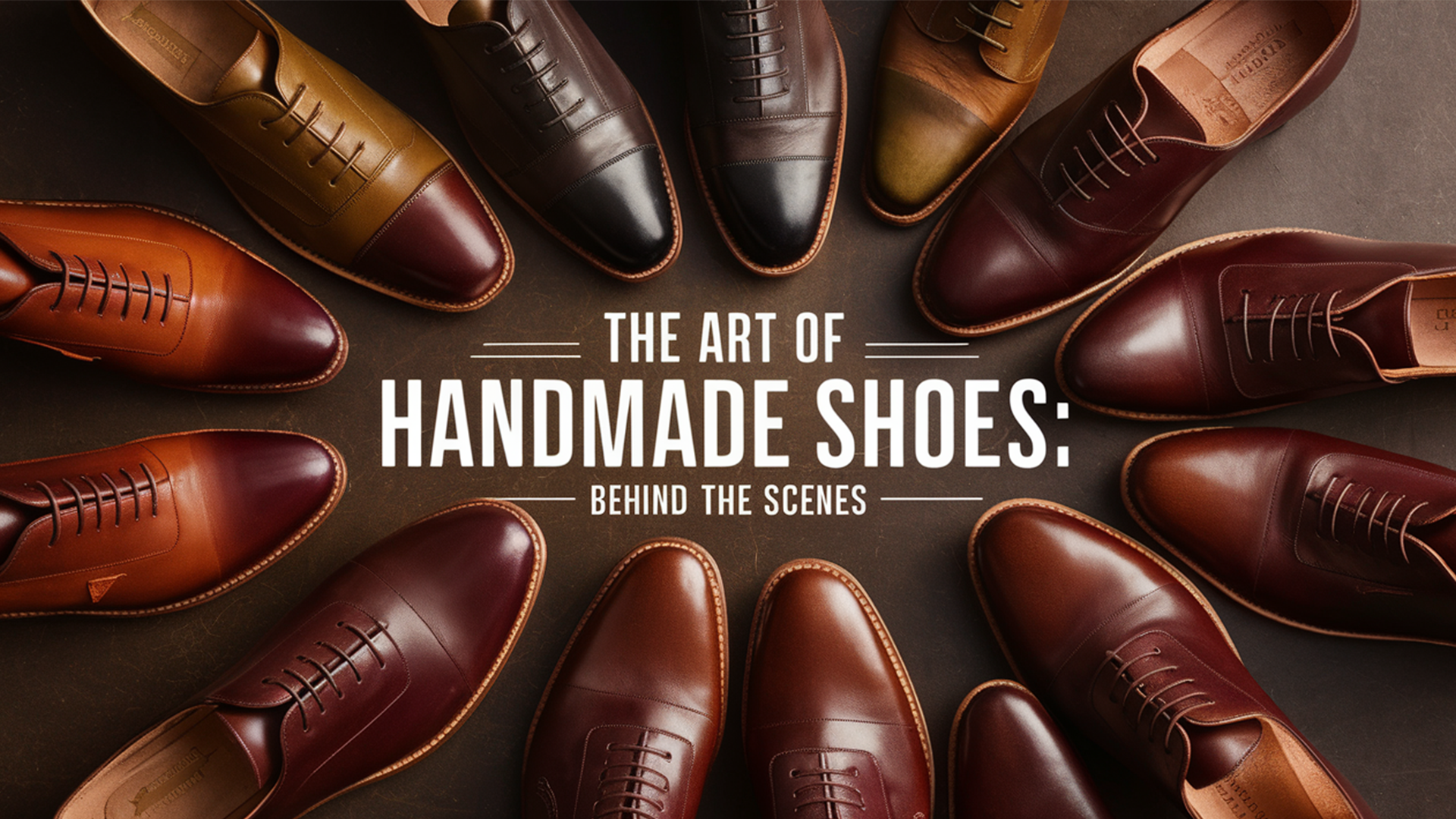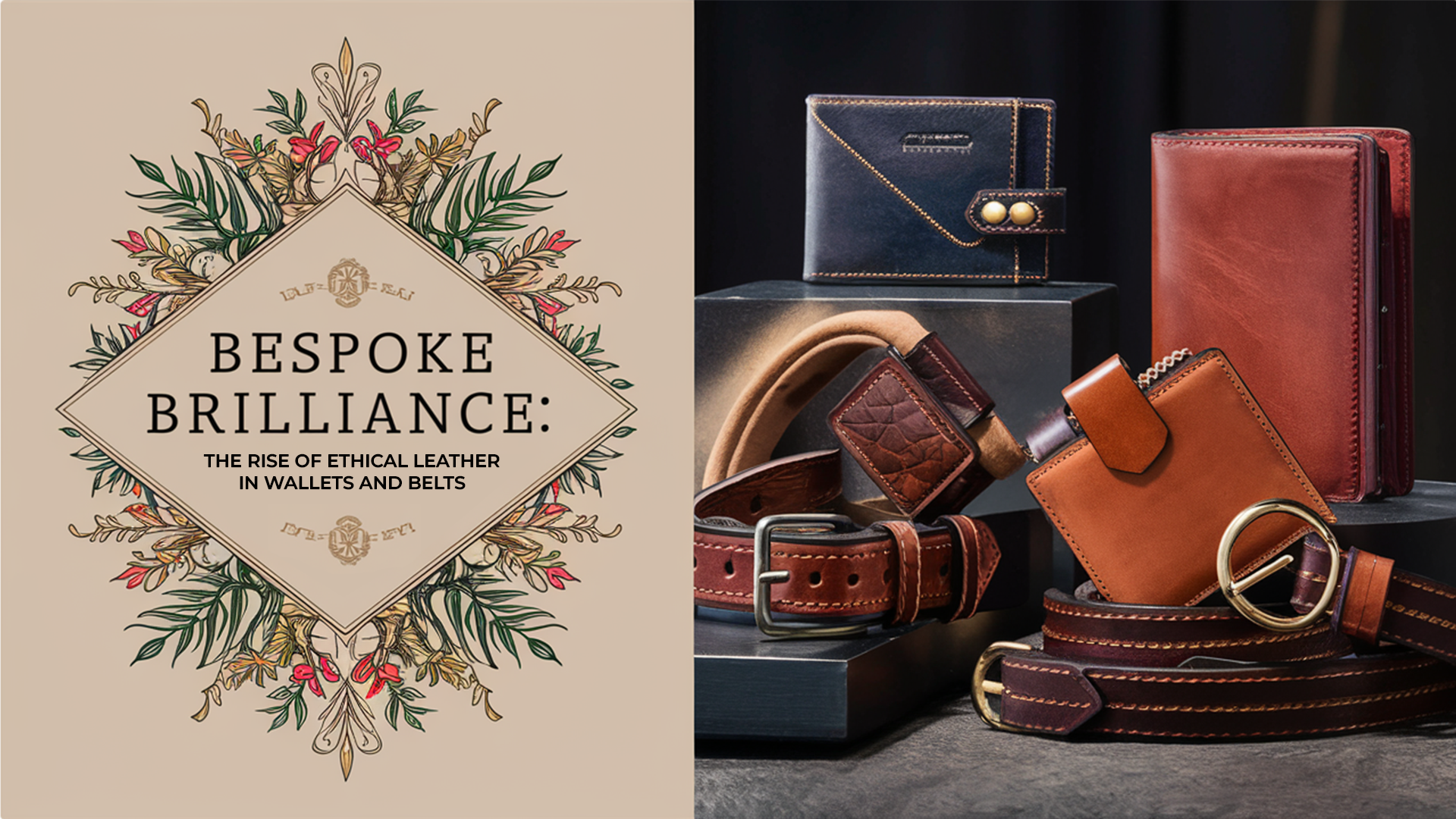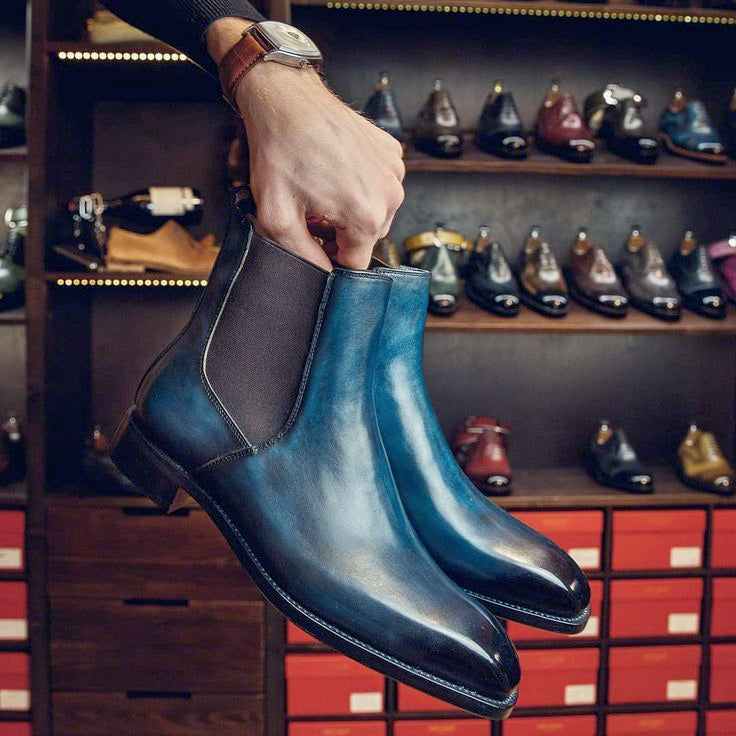
The Art of Handmade Leather Shoes: Behind the Scenes 🥾
Introduction to Handmade Leather Shoes 👞
Handmade leather shoes are more than just a fashion statement; they are a testament to craftsmanship, tradition, and quality. The art of creating these shoes involves meticulous attention to detail, from selecting the finest leather to the final polish. In this blog post, we’ll take you behind the scenes of handmade leather shoe production, revealing the intricate processes and skilled artisans who bring these masterpieces to life. Whether you're a footwear enthusiast or simply curious about the process, this comprehensive guide will provide valuable insights.
The History of Handmade Leather Shoes 📜
The tradition of making shoes by hand dates back thousands of years. Ancient civilizations, such as the Egyptians, Greeks, and Romans, crafted shoes to protect their feet while incorporating unique designs and durable materials. Over time, this craft evolved, with different cultures adding their techniques and styles, leading to the sophisticated craft we appreciate today.
Why Choose Handmade Leather Shoes? 🌟
-
Quality and Durability: Handmade shoes are crafted from high-quality materials, ensuring they last longer.
-
Comfort: Custom fit to your feet, providing unmatched comfort.
-
Uniqueness: Each pair is unique, with slight variations that add character.
-
Sustainability: More environmentally friendly as they often use sustainable practices and materials.
The Process of Making Handmade Leather Shoes 🛠️
1. Design and Planning 🎨
Every pair of handmade leather shoes starts with a design. This phase involves sketching the shoe's appearance and deciding on the style, shape, and details. Designers work closely with artisans to ensure the design is both aesthetically pleasing and practical.
2. Leather Selection 🐄
Selecting the right leather is crucial. High-quality leather, such as full-grain or top-grain, is preferred for its durability and appearance. The leather is inspected for imperfections and selected based on the shoe's design requirements.
3. Cutting the Leather ✂️
Using the design template, artisans carefully cut the leather pieces. This step requires precision to ensure each part fits perfectly. The cutting can be done by hand or with the aid of cutting machines, but in handmade processes, hand-cutting is often preferred for accuracy.
4. Assembling the Upper 🧵
The upper part of the shoe, which covers the foot, is assembled next. This involves stitching the leather pieces together, often using durable threads and traditional stitching techniques like Goodyear welt or Blake stitch. These methods provide strength and flexibility to the shoe.
5. Lasting 👟
The upper is then stretched over a last, a mold that shapes the shoe. The lasting process ensures the shoe fits correctly and maintains its shape. This step can take several days as the leather adjusts and conforms to the last.


